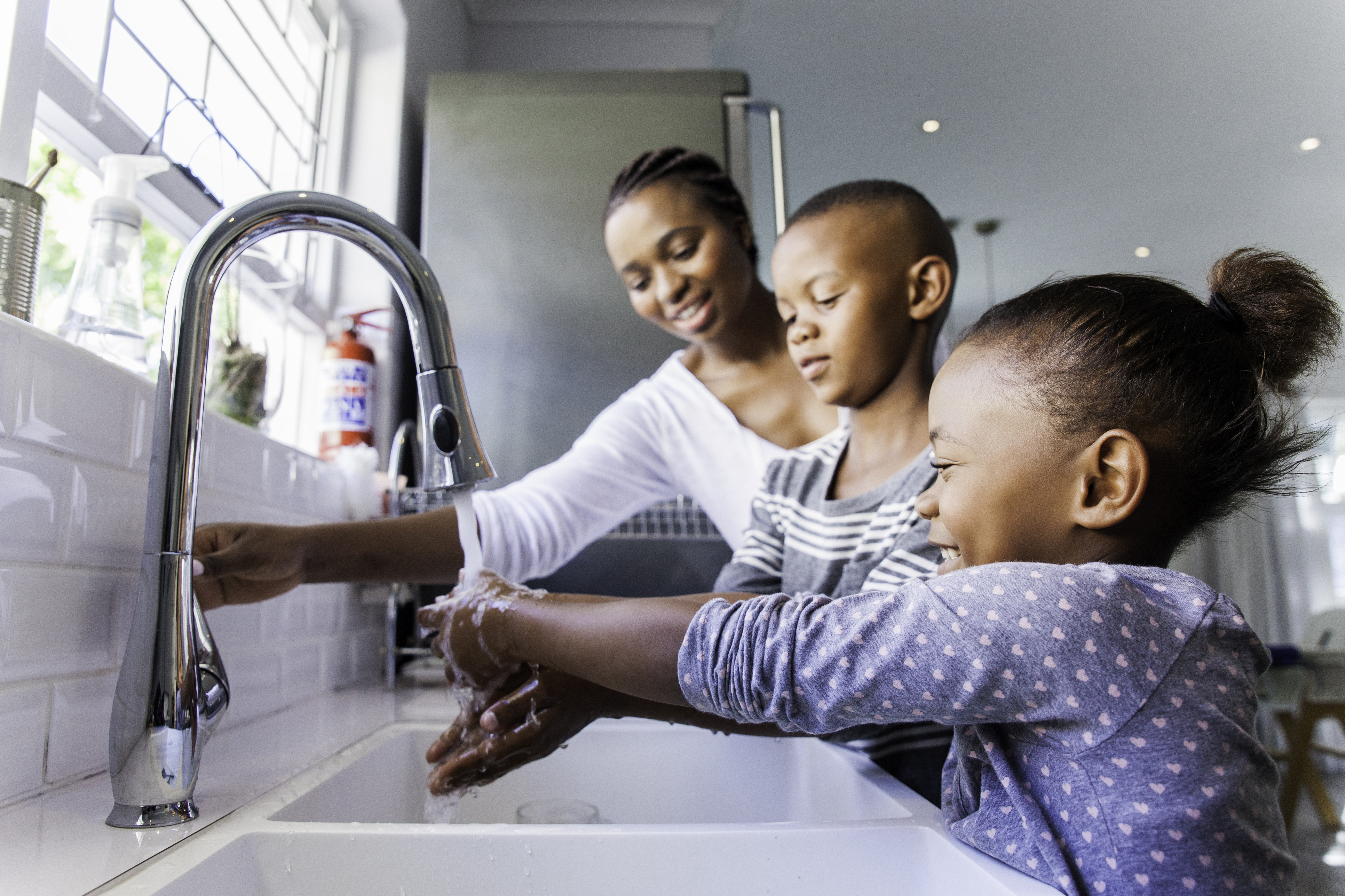Regular physical activity helps your child develop in a range of ways. Not only does it help their physical health, but it also helps improve their brain function and emotional wellbeing.
Top 3: What are the benefits of physical activity?
For more videos from SickKids experts in collaboration with Youngster, visit Youngster on YouTube.
Benefits of activity for physical health
Regular physical activity helps develop your child’s fundamental movement skills (i.e. physical literacy). In addition to helping maintain a healthy body weight physical activity can help build healthy bones, muscles, heart and lungs. Physical activity also helps your child keep a healthy body weight.
While all physical activity is good physical activity, movement at a moderate-to-vigorous intensity (i.e., they type of activity which causes you to breath a bit harder and sweat) is linked to even more health benefits
Aside from providing general physical benefits, regular activity can also help ease symptoms of premenstrual syndrome (i.e. PMS) in girls. This is because moderate exercise helps the body produce hormones called endorphins. These are natural painkillers that can ease cramps and back pain as well as improve mood.
Benefits of activity for brain function
Physical activity plays an important role in developing the brain and supporting essential mental functions.
Exercise leads to improved motor skills (such as hand-eye co-ordination), better thinking and problem-solving, stronger attention skills and improved learning. Not surprisingly, these all combine to benefit school performance. Even the simple act of playing outside with friends has been linked to children performing better on tests and assignments.
Benefits of physical activity for emotional and mental health
If your child has symptoms of depression or anxiety, or even just an "off" day, physical activity may be the last thing on their mind. However, physical activity can help greatly with maintaining mental wellbeing. "Feel-good" chemicals in the brain, known as endorphins, are released by the brain during physical activity and help to improve mood, energy levels and even sleep. Together, these positive effects help to improve self-confidence and resilience. Kids who get active every day are also better sleepers.
Reduced anxiety
Children who experience heightened anxiety tend to focus on anxiety-inducing things, which in turn makes them more anxious, so creating a vicious cycle. But, through physical activity, an anxious child can break the cycle by focusing on the demands of the physical activity, developing new skills and achieving a sense of accomplishment. See your doctor if your child shows any signs and symptoms of anxiety.
Improved relationships
If a child or teen is feeling lonely and unable to make friends, shared physical activities can give them a sense of belonging and companionship. A child or teen with social anxiety might find it difficult to be in a group environment, but a focus, such as a sport, may relieve some of the social pressure. Over time, the act of sharing experiences with others, developing rapport and working towards common goals can help a child focus and develop the confidence to speak up in class. It can also help foster friendships in school if the activities are school-based.
Improved body image (self-esteem, self-worth, and self-confidence)
When your child sees how fun it is to be able to dance, jump, walk, run, stretch and play they are more likely to want to continue enjoying being active throughout their life. Seeing and appreciating what their body can do, rather than how it looks, is a great way for a child to build a positive body image and self-esteem. It is important to help your child develop this awareness as early as possible and to play your part in promoting a healthy body image through your own behaviour.
The desire to look lean or muscular often becomes stronger during the pre-teen and teen years among both boys and girls. Your child is less likely to develop unhealthy habits to reach a so-called physical ideal if they have a healthy perception of what 'looking good' means, and understand that it comes from healthy, balanced habits.

